UPDATE UK Gov Touts £10m Competitive Fund to Boost Rural Broadband

The Government’s Treasury has today announced a new £10 Million “competitive fund” that aims to “test innovative solutions to deliver superfast broadband services to the most difficult to reach areas“, which sounds a lot like another attempt to do what DEFRA’s £20m Rural Community Broadband Fund (RCBF) has often struggled to achieve.
At this stage the details remain sparse but it’s claimed that the new fund would be introduced during early 2014 and some of the options being explored include “enhanced mobile services, new fixed technologies and alternative approaches to structuring financial support, working closely with the communications industry“.
Danny Alexander, Chief Secretary to the Treasury, said:
“This is great news for the people of the UK because after years of neglect, the UK’s energy, road, rail, flood defence, communications and water infrastructure needs renewal. It will boost the UK economy creating jobs and making it easier to do business. It will also make the UK a better place to live for everyone who calls it their home.”
The move might please mobile operators (assuming that’s where some of the money goes), which had been lobbying for a slice of the BDUK pie, although they probably won’t be happy with such a small fund. Indeed £10m is just a drop in the ocean, especially since connecting up rural areas is traditionally more costly due to sparse populations that make a return on any investment much more difficult to achieve.
National Infrastructure Plan (December 2013 Update)
https://www.gov.uk/government/…/national_infrastructure_plan_2013.pdf
UPDATE 5th December 2013
We managed to get a comment from Vodafone, which as a mobile operator has previously been quite vocal about its desire to be included within the Government’s BDUK strategy.
A Vodafone Spokesperson told ISPreview.co.uk:
“The government’s decision is a real step in the right direction and signals a willingness to be pragmatic when it comes to rural broadband. Wireless 4G is better value for money and is the best technology to help close the digital divide between urban and rural Britain. We welcome the news and look forward to continuing our dialogue with Government about the opportunity 4G can deliver irrespective of where you live.”
Mark is a professional technology writer, IT consultant and computer engineer from Dorset (England), he also founded ISPreview in 1999 and enjoys analysing the latest telecoms and broadband developments. Find me on X (Twitter), Mastodon, Facebook and Linkedin.
« Three UK Begins Low Key 4G LTE Mobile Broadband Rollout
Latest UK ISP News
- FTTP (5515)
- BT (3514)
- Politics (2537)
- Openreach (2297)
- Business (2262)
- Building Digital UK (2244)
- FTTC (2043)
- Mobile Broadband (1973)
- Statistics (1788)
- 4G (1664)
- Virgin Media (1619)
- Ofcom Regulation (1461)
- Fibre Optic (1395)
- Wireless Internet (1389)
- FTTH (1381)





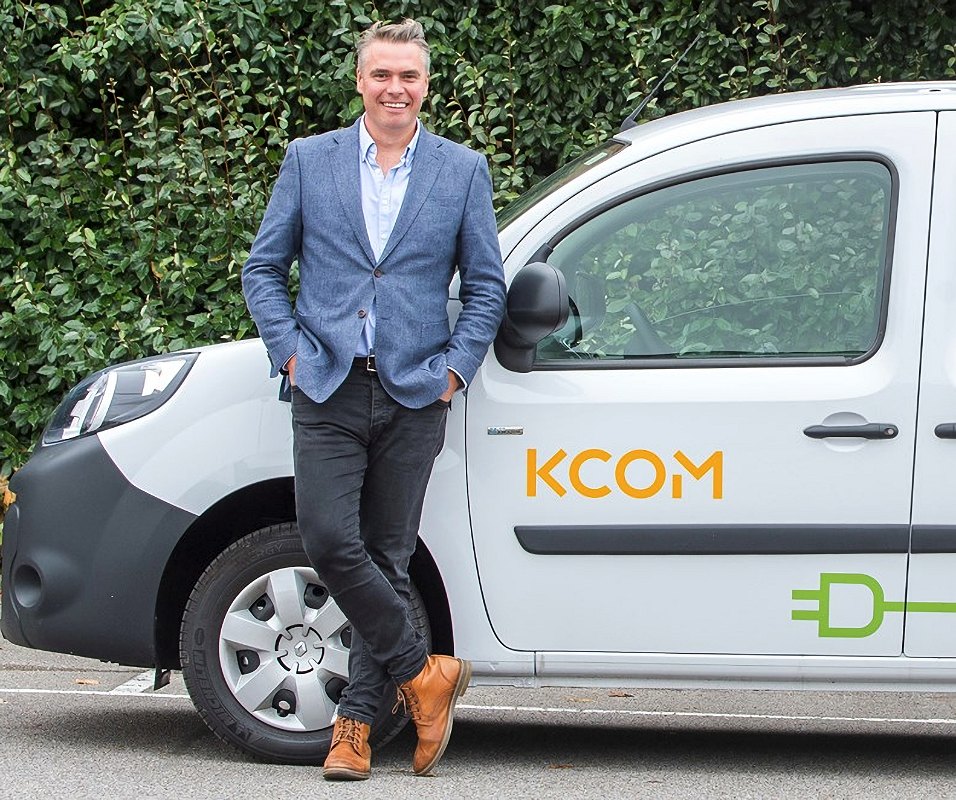

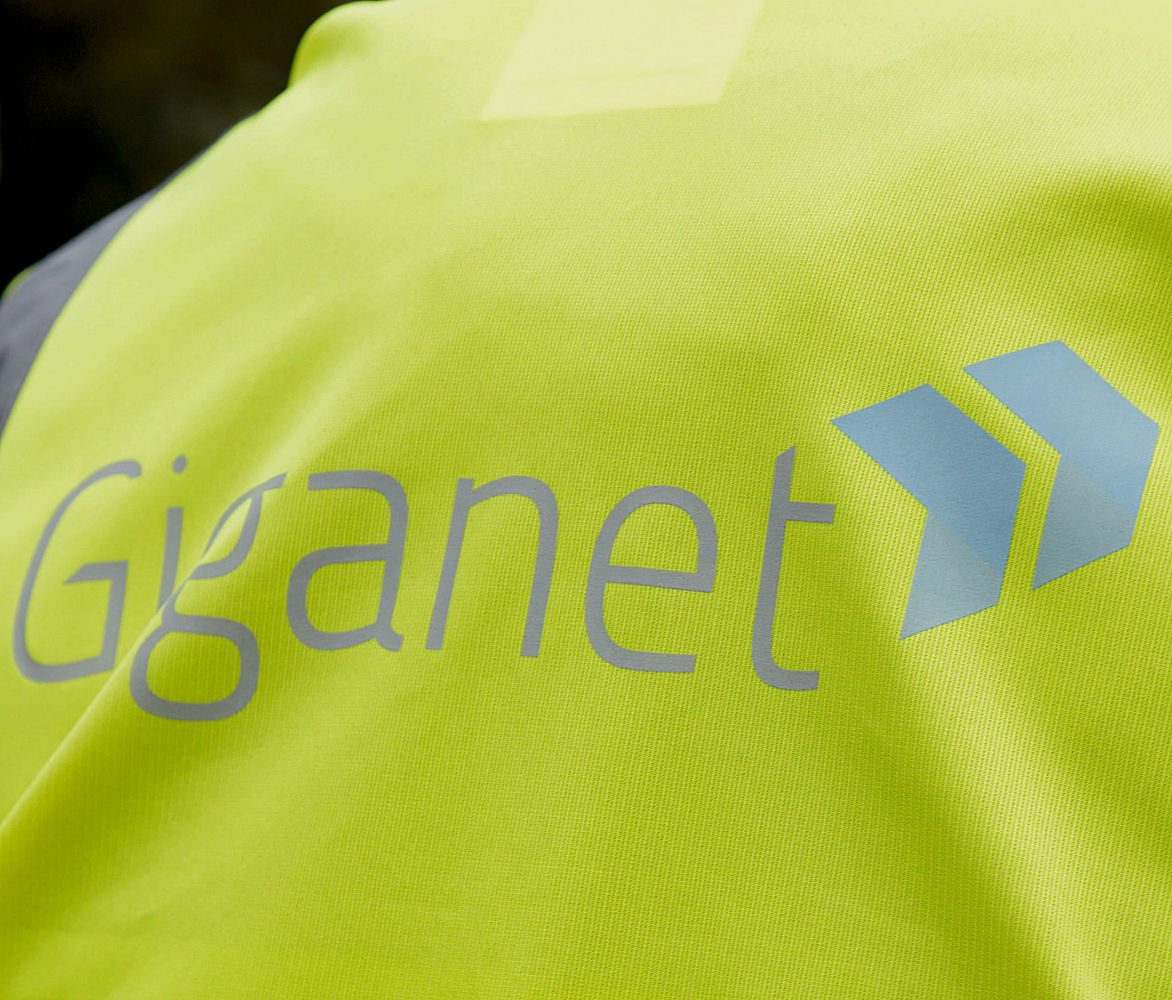







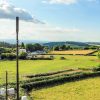






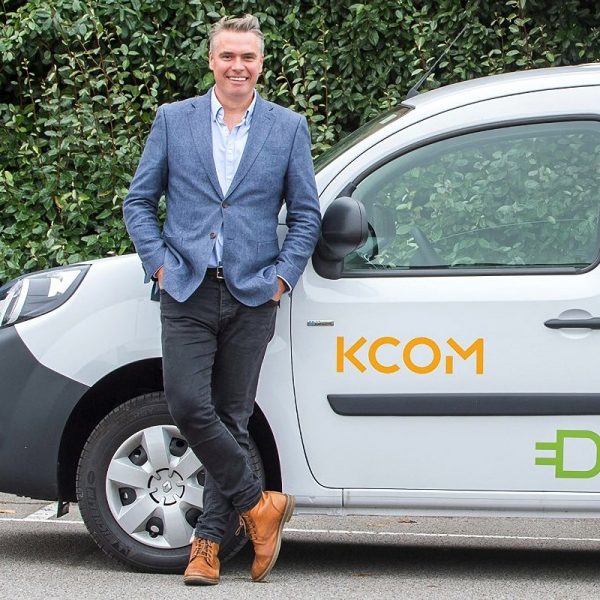
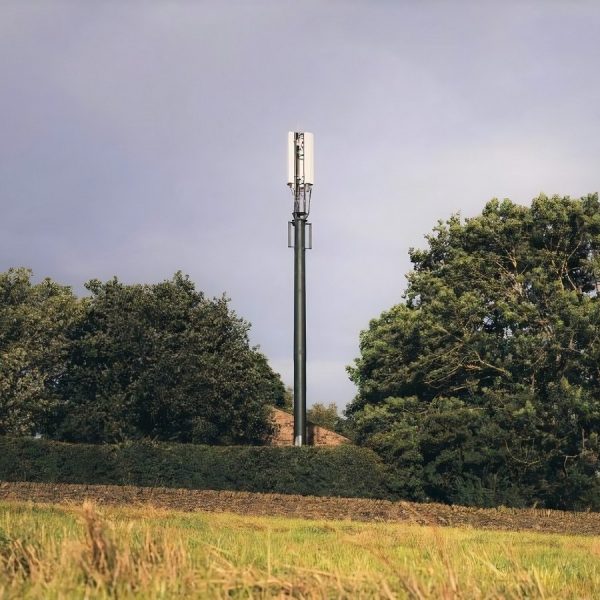
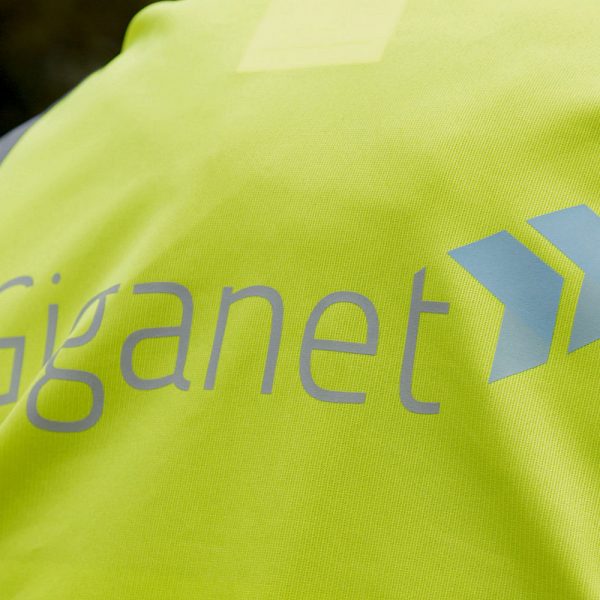


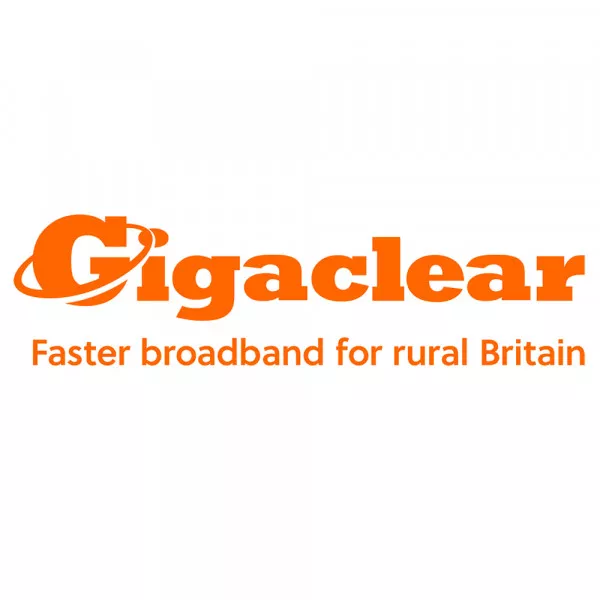







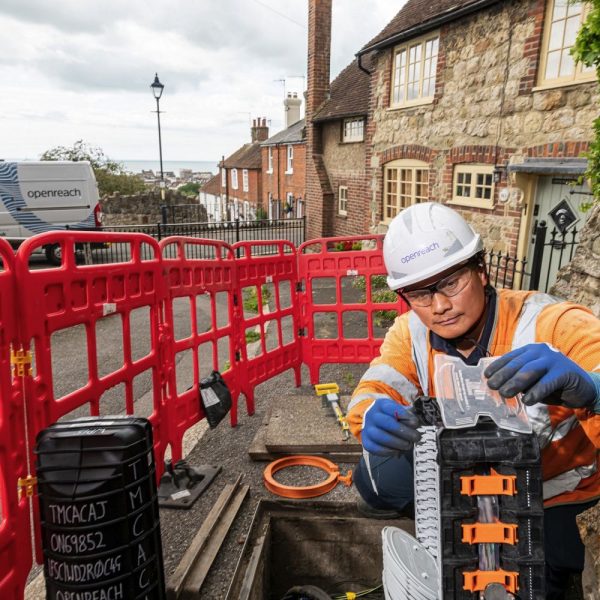

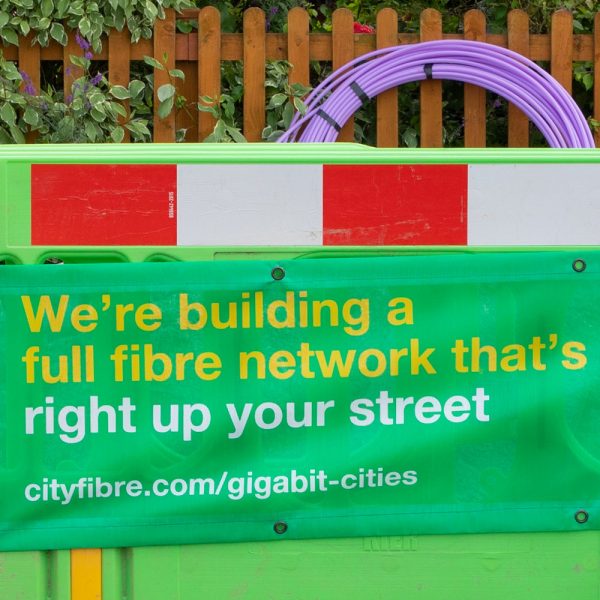
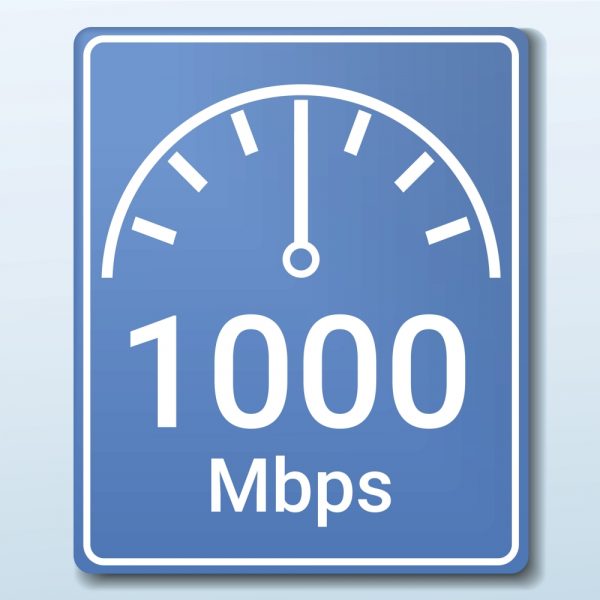
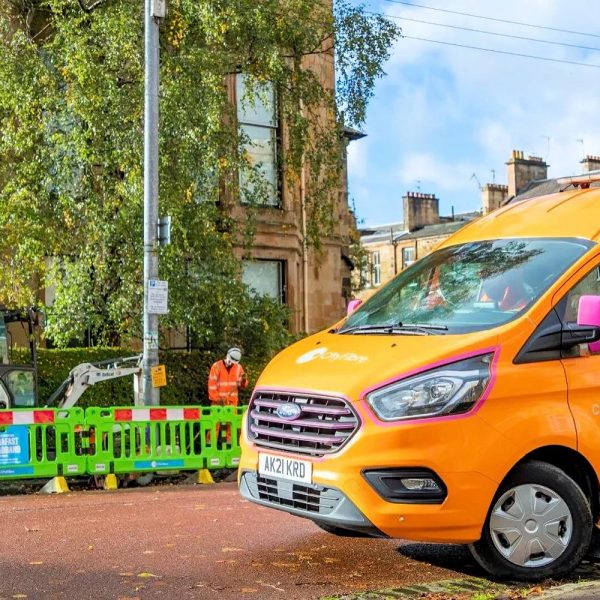


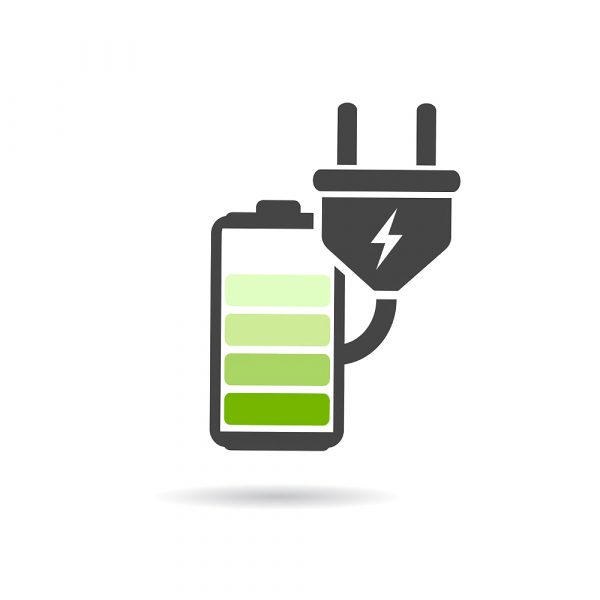






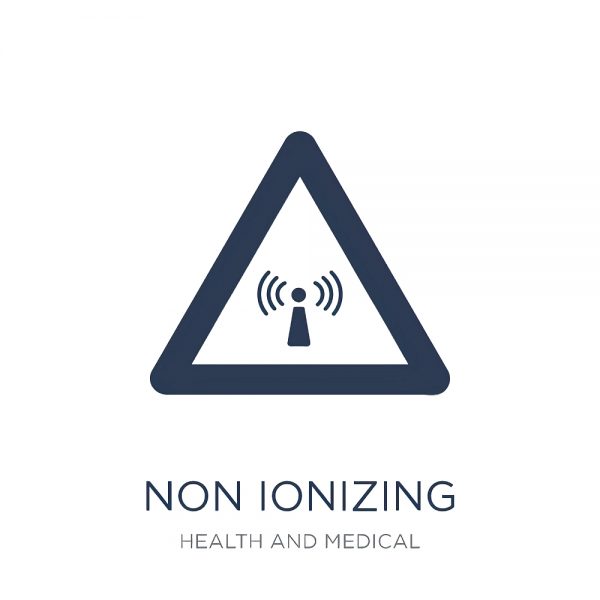








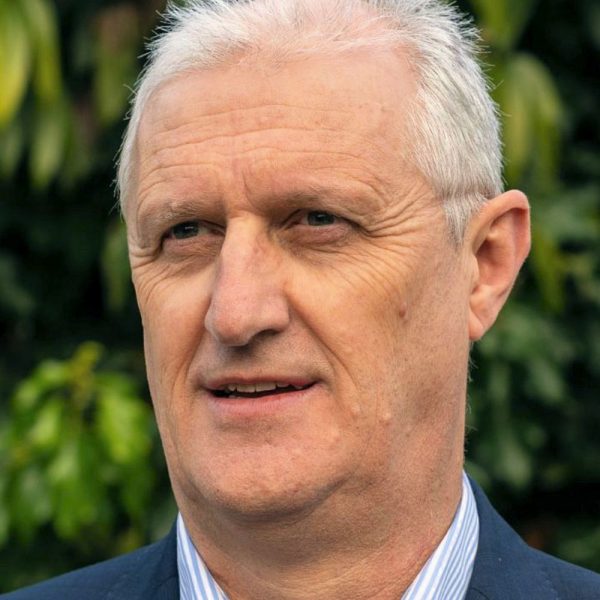

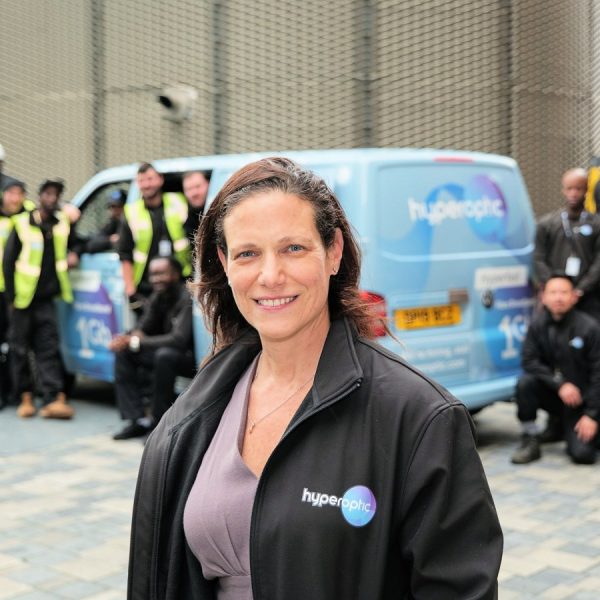
Comments are closed